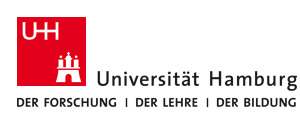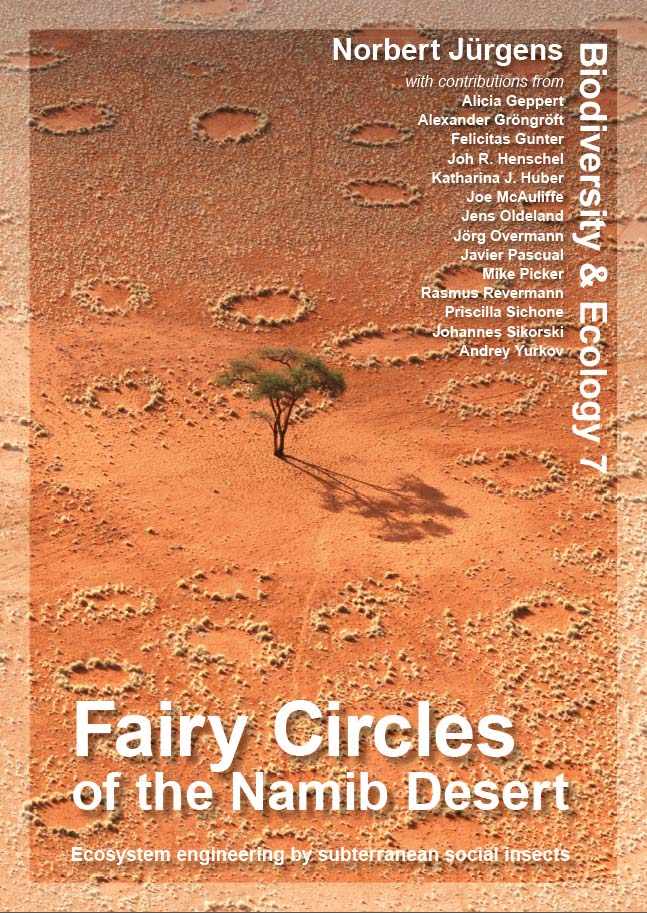
|

Department of Biology Institute of Plant Science and Microbiology |
| Division BEE > Biodiversity & Ecology > Vol.7 > Article 8.4 |
Biodiversity & Ecology
Journal of the Division Biodiversity, Evolution and Ecology of Plants , Institute for Plant Science and Microbiology, University of Hamburg.
8 Organisms Book chapter 8.3 Open Access Evidence for Psammotermes allocerus termite nests as refugium for plant pathogenic microbes: a contribution to generation and maintenance of fairy circles in the Namib Desert Abstract: Fairy circles are circular, barren structures in dry grasslands and the mechanisms generating and maintaining them are currently under intense discussion. Here, we analysed bacterial and fungal communities in Namib Desert fairy circle soils, in the tapetum lining of termite nests, the gut of the prevailing sand termite Psammotermes allocerus, and also in the neighbouring grass plants. The total and active microbial communities were analysed through amplicon sequencing of both DNA and RNA extracts, respectively, species-specific PCRs, and through cultivation of bacteria and fungi from the various samples. In the sandy soils, the active bacterial communities were substantially different from the total communities, which suggested the fairy circle soils to be highly selective environments in comparison to other drylands or even temperate soils. This appears to be even more true for fungi as amplification of fungal genes from RNA extracts was not possible. However, we observed a large diversity among cultured fungal species in comparison to cultured bacterial species, specifically in tapetum samples. Our results support the hypothesis that Psammotermes allocerus acts as a vector for plant pathogenic fungi and that their nests below the bare patches of fairy circles provide a refugium for the fungal plant pathogens.
Suggested citation: |
